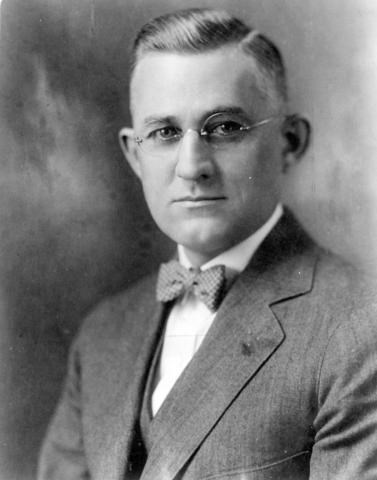Dear Editor,
I write to offer a few observations on the value of protecting public spaces on Bowen such as the foreshore areas at Cape Roger Curtis.
It is well known that Vancouver is consistently ranked as one of the world’s most liveable cities. There is even a worldwide movement in urban planning known as ‘Vancouverism’. The main principles of Vancouverism include the creation of public spaces, including green park spaces, and the preservation of view corridors.
The renowned Chinese-Canadian architect Bing Thom described Vancouverism this way on CBC Radio: “It’s a spirit about public space … we built a city that really has a tremendous amount of space on the waterfront for people to recreate and to enjoy … people have access to the water and the views.”
But Vancouverism didn’t just happen. It has a fascinating history. So much of what gives Vancouver its character comes from a 90 year old report, commissioned by the City of Vancouver in 1926, and known as The Bartholomew Plan. The vision and rationale set out in that ancient document is awe-inspiring. All the things that make Vancouver great are in there; rapid transit, green belts, neighborhood parks, and civic art.
The Bartholomew Plan puts a lot of emphasis on the value of planning for park spaces. It says: “The people need them. They are fully as useful in promoting community health and happiness and contentment as any of the recognized urban necessities.”
The Bartholomew Plan also put particular emphasis on the importance of securing public access to the lands fronting English Bay. (Today, we take those lands for granted as being part of the public seawall, including First, Second, Third and Sunset Beach, but at the time seventy percent of those lands were privately held industrial and commercial lands).
The Plan also notes that parks have positive effects on property values. It says: “The ability of parks and other pleasure resources to increase the attractiveness of a city is no longer questioned.” It goes on to describe parks as “a form of insurance against a decline of neighbourhood value and attractiveness”, and it notes that areas with adequate parks “almost never lose value and they tend to keep property nearby from dropping in value.”
The Plan concludes: “If a general plan is consistently followed, the ultimate scheme will produce remarkable returns. Vancouver will take a place second to none in the world if it can complete such a system of recreational facilities … The plan may seem extravagant to some, but it is not out of scale with the greatness of the city or beyond its future needs.”
That is the definition of a visionary statement. I’d like Bowen to have the same kind of vision and foresight. I’d like Bowen to preserve access and view corridors at public foreshore areas, especially in environmentally sensitive, and high recreational value areas. It makes sense. It is tried and true. And it will pay dividends. To the whole community. Forever.
I hope Islanders will resist any temptation to give credence to the negative arguments in the mail out published by Mr. Lucas, Mr. Atherton and Mr. Russell. It pains me to say this, because I like and respect those guys so much, but in this case they appear to be out of touch with relevant planning principles, community interests, real estate metrics, and the lessons of history.
Yours truly,
James Hickling



